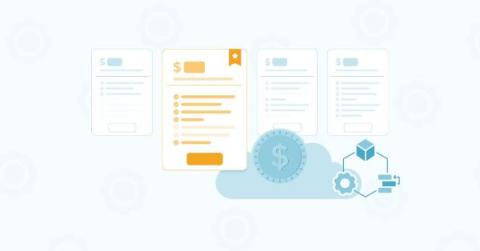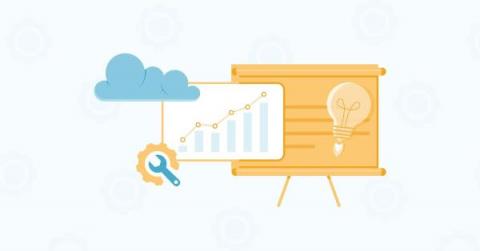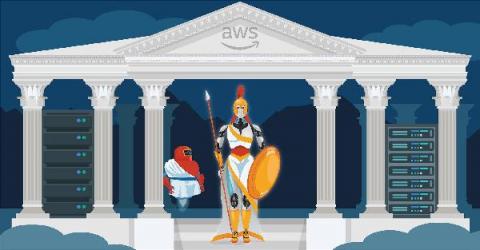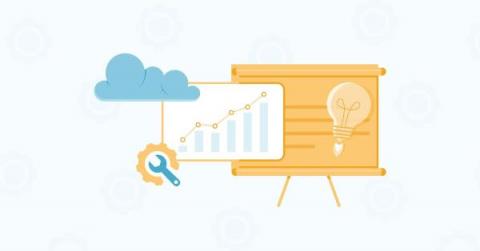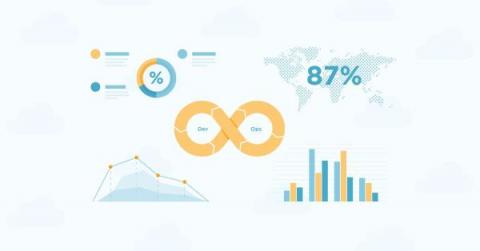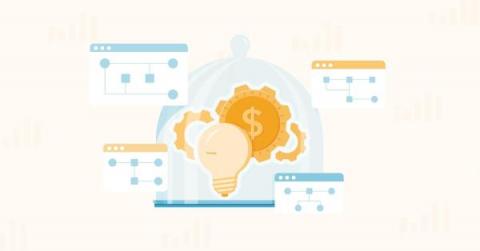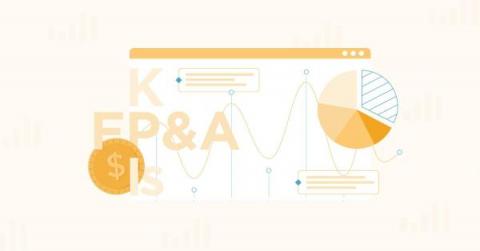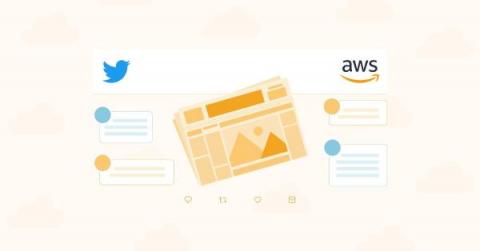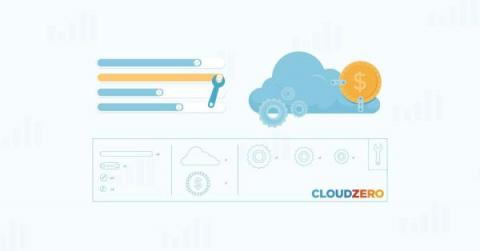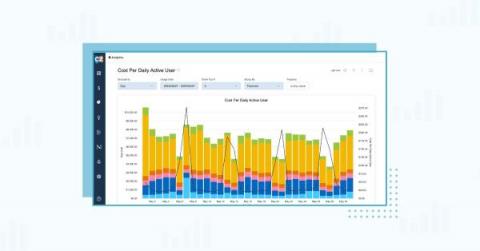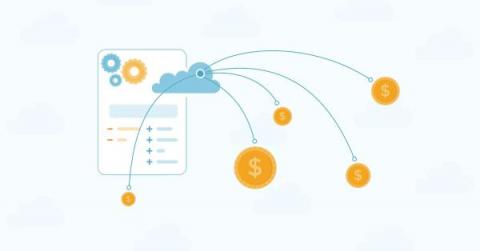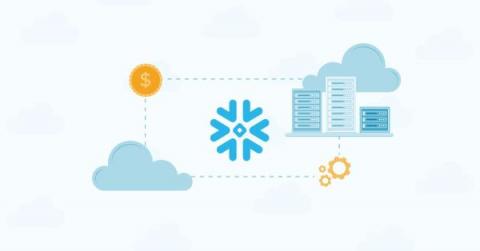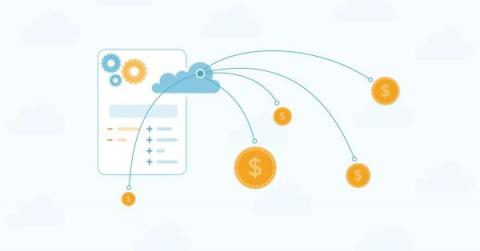Feature-Based Pricing: A Guide To Per Feature Pricing in SaaS
The best pricing strategy for your SaaS business will depend on your specific business model, target market, and competition. You’ll also want to test different pricing strategies to see which one works best for you. That said, feature-based pricing can be a very profitable way to price SaaS products. Here’s how it works. We’ll also include how to determine your cloud costs per feature so you can set profitable prices.


